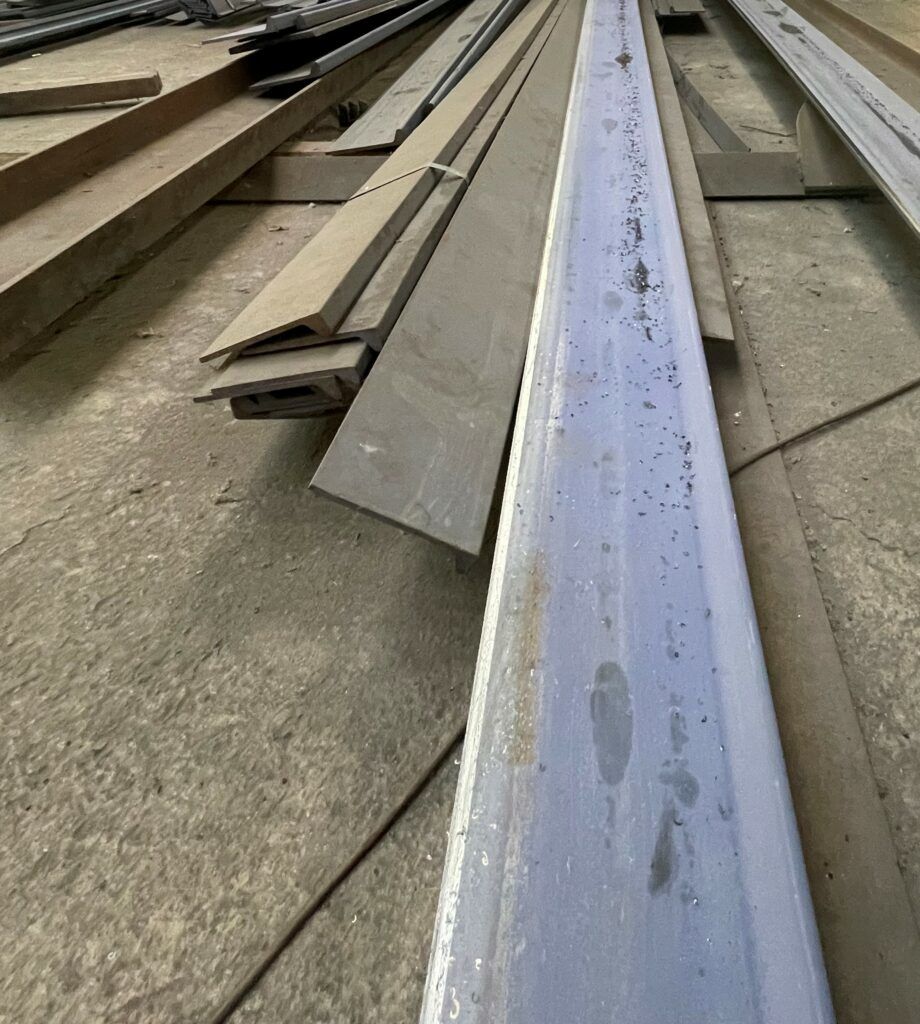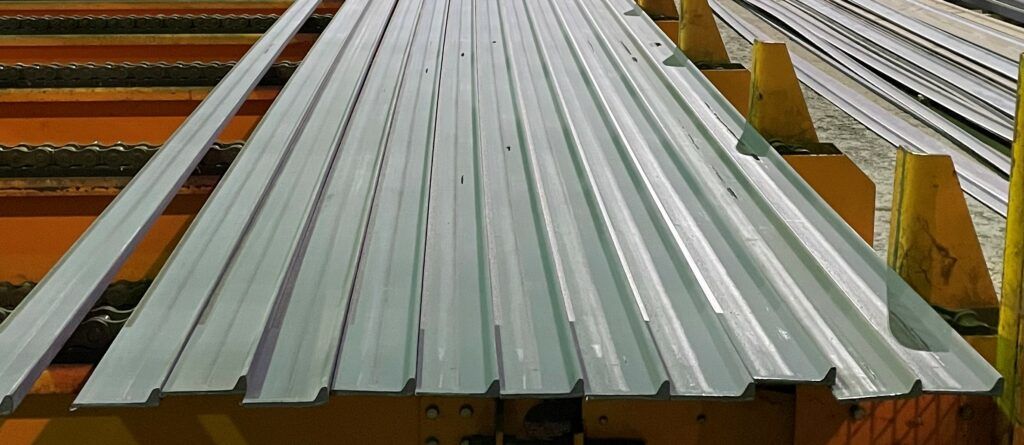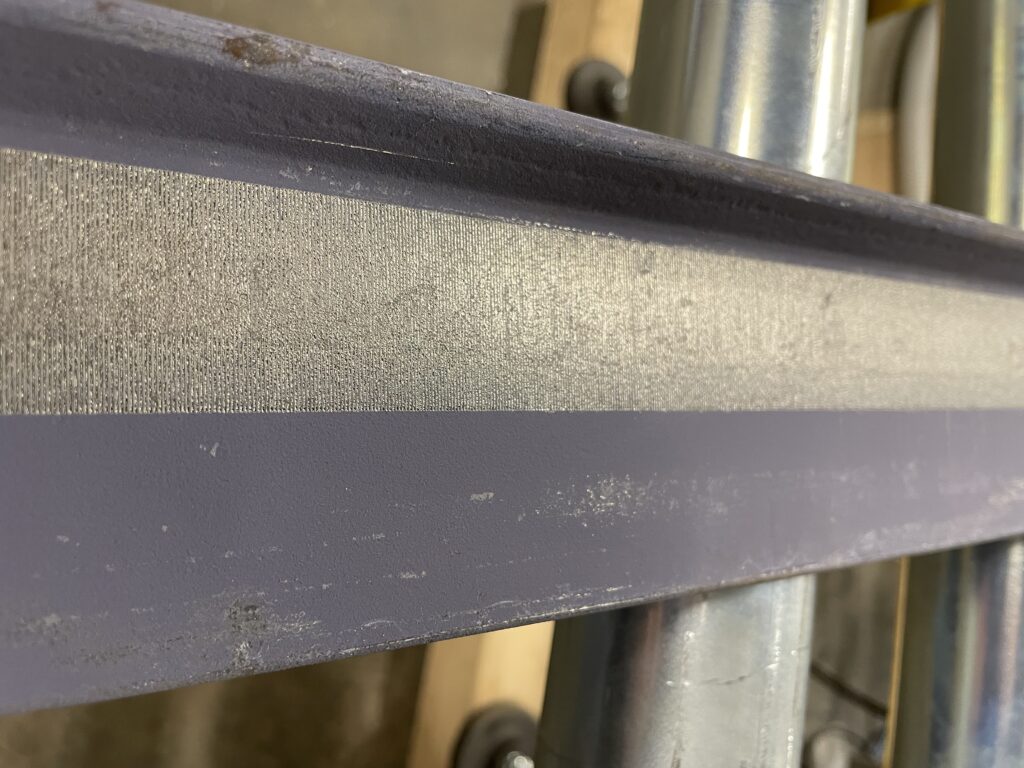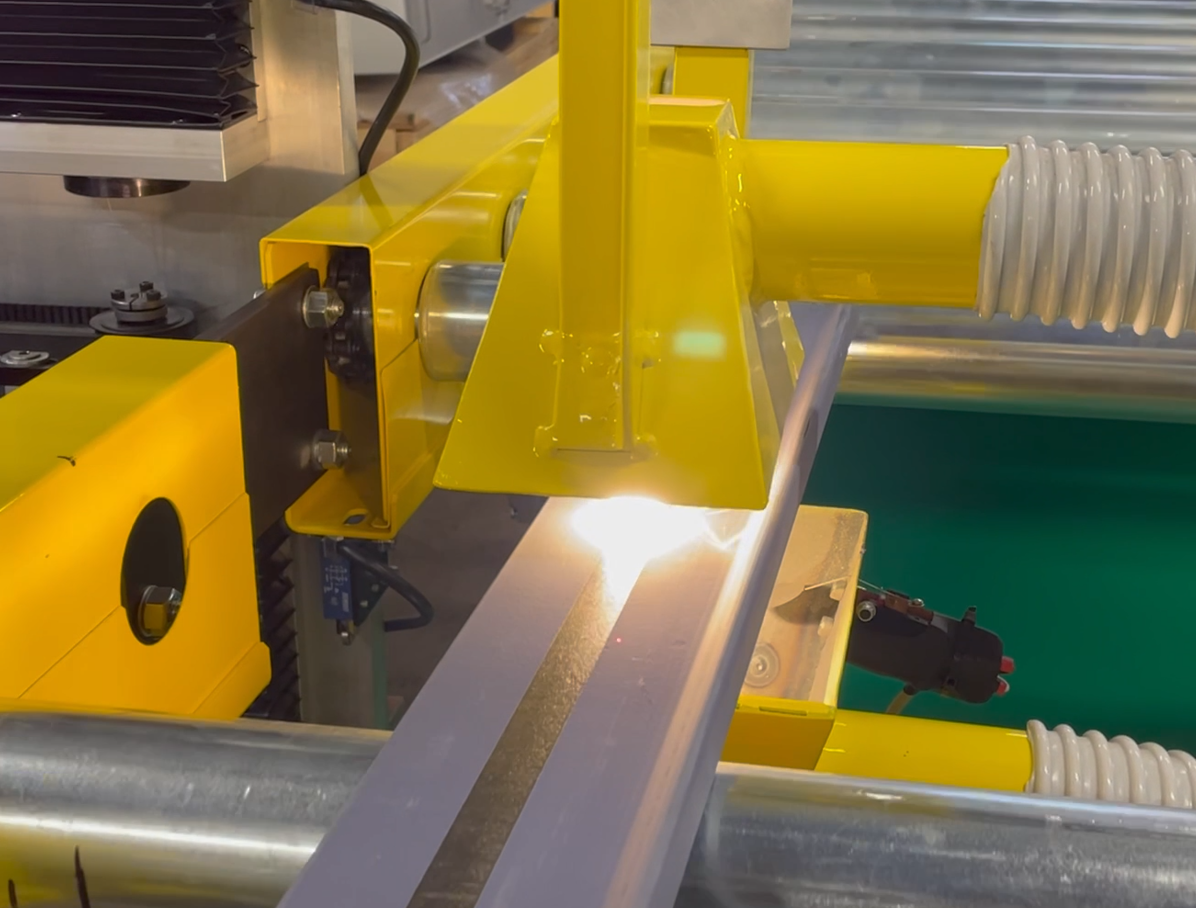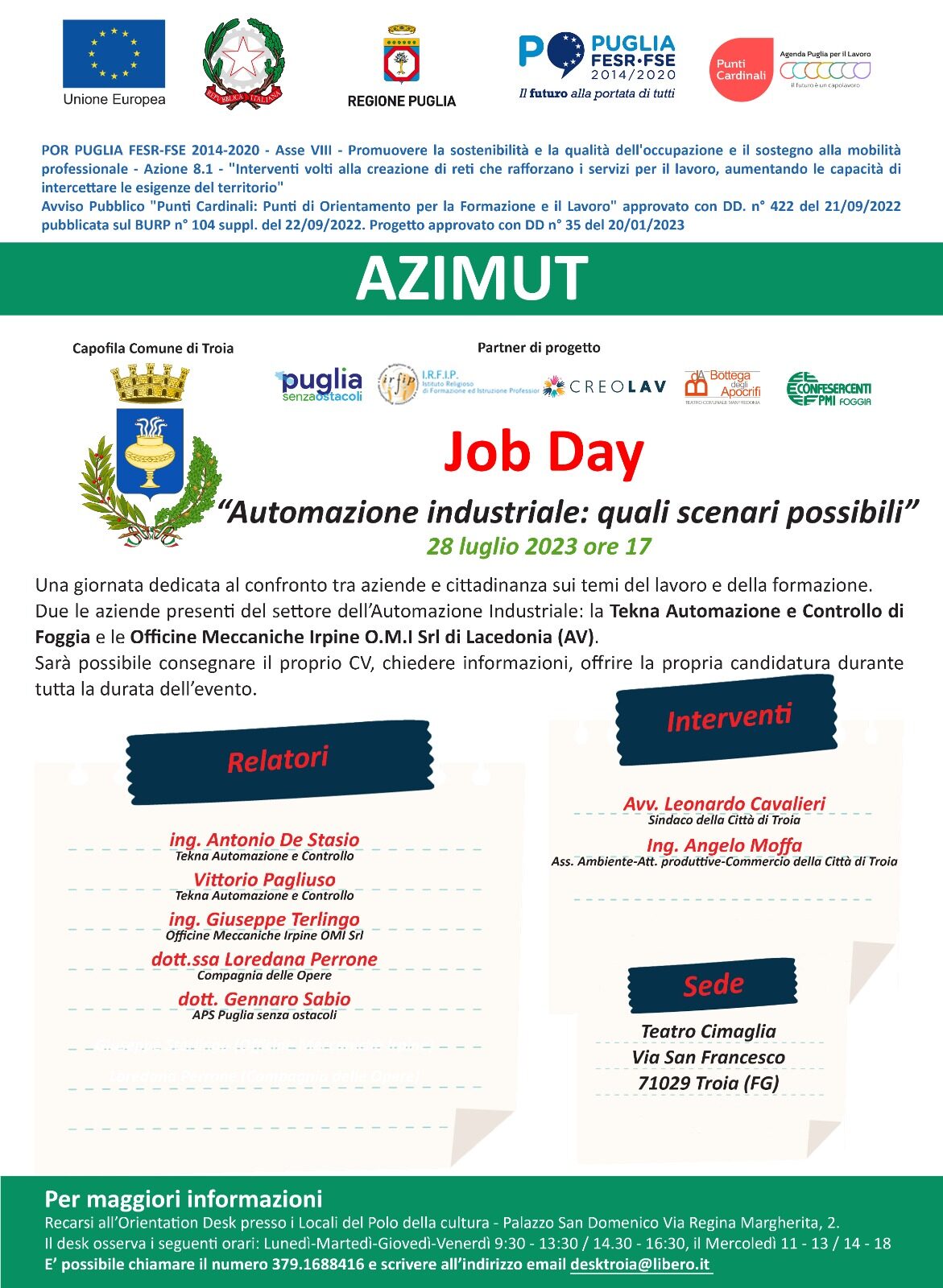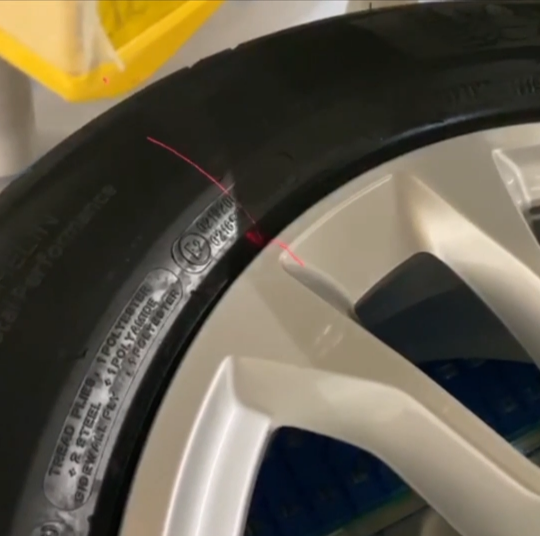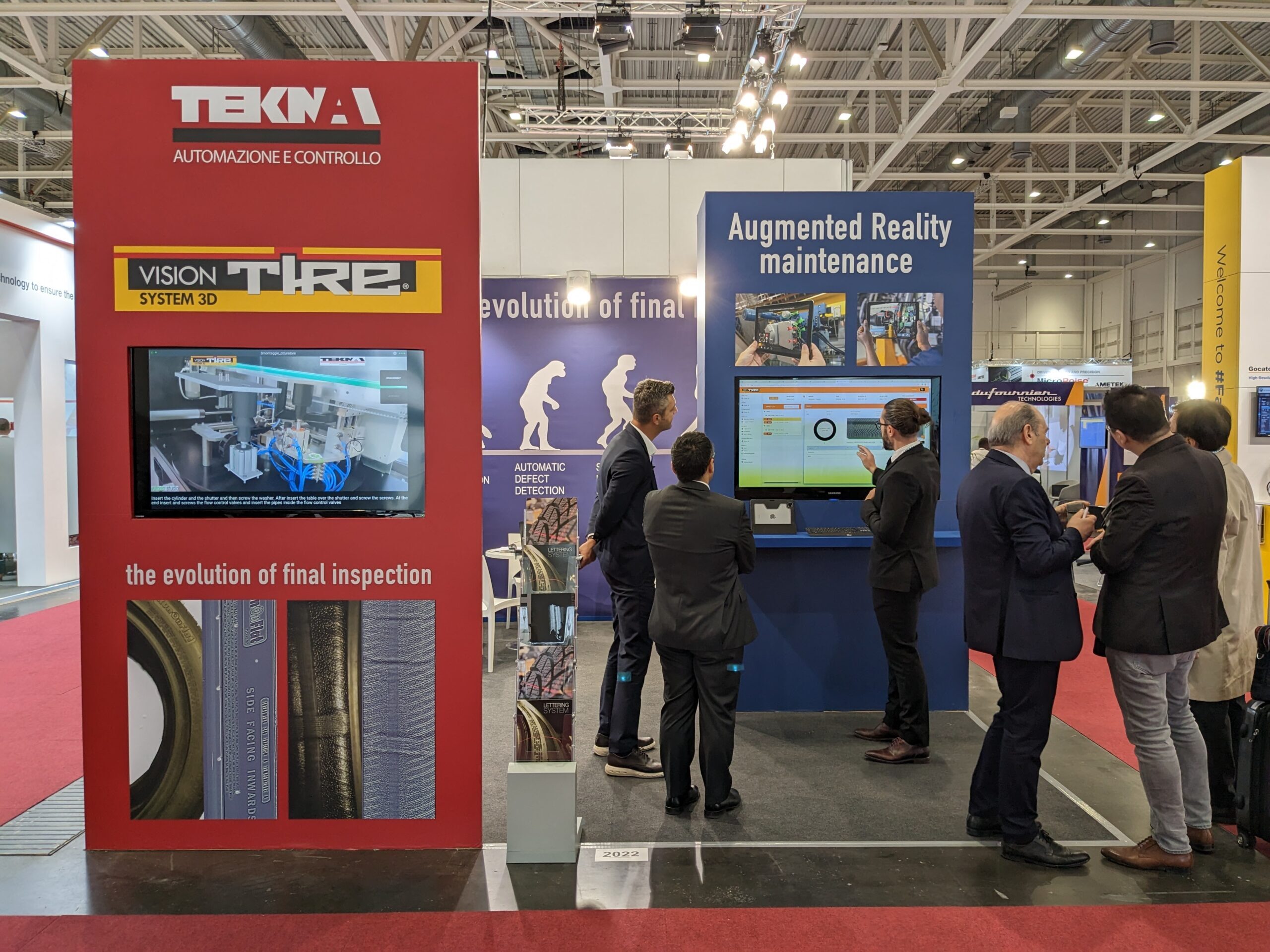The primer is a material that is directly applied to ferrous materials, allowing them to be stored outdoors to prevent damage from atmospheric agents, especially in saline environments.
Currently, the removal of primer is typically done through sandblasting or mechanical abrasion.
These operations generate pollution in the welding environment, create environmental and noise pollution, and require the use of complex systems for the extraction and disposal of the material residues generated during the abrasive process.
Moreover, removing the primer using these methods creates reflective surfaces on the areas to be welded.
During the welding process, the primer produces vapors and powders that often get trapped in the welding pool and beneath the protective slag.
These residues can create cracks and voids within the weld bead, reducing the strength of the weld and requiring rework of the produced structure.
In structural fabrication welding, achieving complete material penetration, defect-free welds, and the absence of air bubbles, holes, cracks, and foreign residues is crucial.
Innovative laser welding systems allow for optimal results and high-quality welds. However, they require non-reflective surfaces and the absence of primer to avoid power reduction and contamination of the welding pool.
Tekna Automazione e Controllo has developed the “Laser System for Primer Removal” product family, which offers an effective solution for primer removal, including high-strength zinc-based primers. These systems are designed to be integrated into automated welding lines and utilize laser technology to accurately remove the primer.

